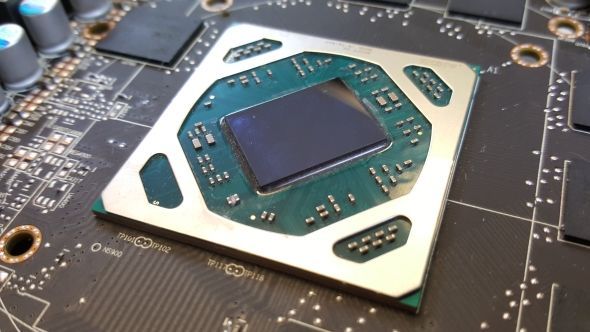The core of the AMD RX 590 consists of 12 nm and offers performance and efficiency improvements that can take the graphics card far beyond the standard RX 580, even though they use the same Polaris-based architecture and design.
AMD RX 590 ‘Polaris 30’ manufactured by GlobalFoundries and Samsung.
The information leeched from Overclock3D unveils that originally, AMD was only supposed to use GlobalFoundrie’s 12nm lithography node, but it has been reported that they also use Samsung’s manufacturing expertise.
For the RX 590, they chose a simple design approach by transferring their Polaris from 14 nm to 12 nm without changing the matrix size or design and taking advantage of the performance features of the new node without spending a lot of development time in designing a completely new mid-range GPU.
Since Globalfoundries licenses its 14nm process node to Samsung, it makes sense that AMD designs can be produced by both companies as the design similarities of their 14nm nodes and their derivatives also exist. Unfortunately, there is no way to know whether an RX 590 uses a Polaris 30 chip from Samsung or GlobalFoundries or not, as both are packaged in the same place.
Since GlobalFoundries does not use state-of-the-art node manufacturing, AMD is able to diversify with TSMC’s previously announced 7nm products. With its chipplet CPU designs, AMD can mix and match chips from competing manufacturers, so we can see more of AMD’s manufacturing capabilities at Samsung in the future.
As with the RX 590, there is no way to know whether Samsung or Globalfoundries has produced the silicon on certain graphics cards, which makes it impossible to know whether a manufacturer has produced a higher end product in terms of power consumption or overclocking. It will be curious to see that some RX 590s are able to achieve higher frequencies than others.
